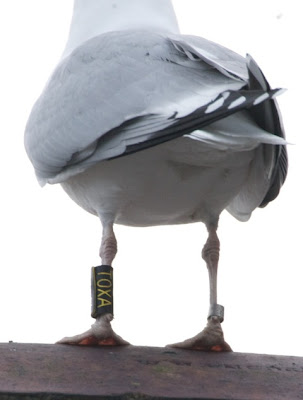Today, the last day of my holidays, I woke early and headed off to Warriewood Wetlands. This is one of the few places in the general Northern Beaches area where there are still lifers to be found. Unfortunately, Warriewood was quite quiet today, and the more interesting birds restricted me to brief glimpses, like this Black-faced Monarch. Despite at least 20 minutes of persuasion, he would not come down for a nice photo.
reade more...
January makes it now one year since the last time I saw a Powerful Owl in Irrawong. I'm now thinking the resident bird has either been fatally injured or moved out (hopefully the latter). One good thing, I did finally see the resident Superb Lyrebirds I'd heard about, which was nice, but brief.
After checking briefly for the elusive Lewin's Rail at his supposed "haunt" (now so overgrown I can't imagine I'd ever see him there), I headed across Garden St into the main wetlands. It seems the Grassbirds, Reed-warblers and Snipes didn't show up this year, as I haven't seen any here all season, nor heard reports of them. A pair of White-throated Treecreepers and a Red-browed Finch allowed great views, as did a very hot Diamond Python, who I found lying in a muddy puddle on the track behind the shopping center.
















































